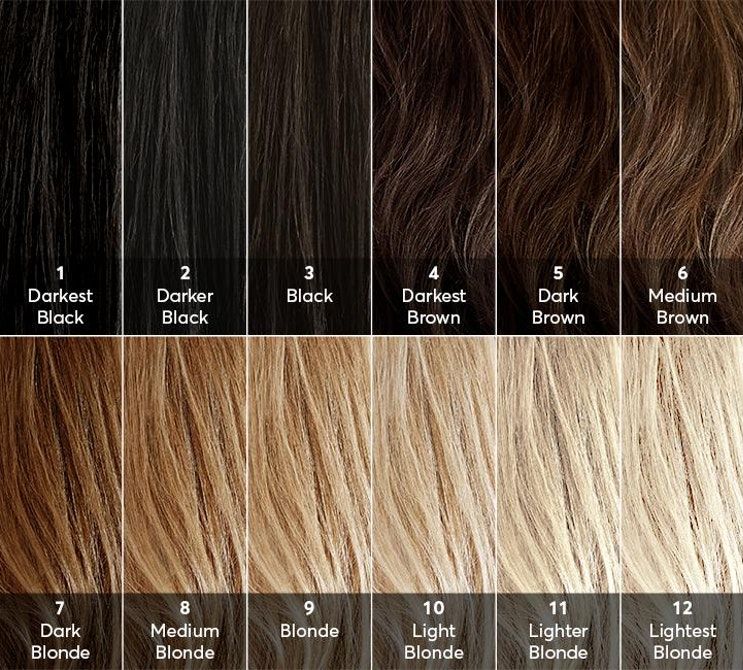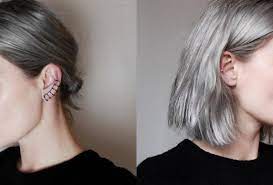
If you want to try home hair coloring, consult the shade chart for guidance in selecting a suitable hue according to your skin tone and eye color.
Color Tones
hair color charts generally use numbers to indicate level and tone; some brands utilize letters instead, though most follow a standard code system. Your natural hair’s pigments provide its color. Warm tones like gold, copper, and red add richness, while cool hues like blue, green, violet, and beyond neutralize this effect.
Levels
Levels are slightly more complicated than tones; they determine the darkness or lightness of your hair color. If you wish to switch up your color by going lighter, it is crucial to ascertain what level your current shade falls on before proceeding further with any transformations.
Shade Combinations
Most box dyes contain numbers and letters that help determine their shade. The first number (often followed by an “x”) indicates hair level, while subsequent numbers denote tone/reflection. Examples of natural hues with zeros after their dot/slash codes, such as biological, neutral ashy beige shades that help to eliminate yellow and orange tones from blonde hair colors. The same concept also applies to brunette shades.
At Home or in a Salon
A shade chart can be invaluable in finding your ideal hue. By understanding the color wheel, tones, and levels, you can make better decisions to find your perfect shade, resulting in more natural results that complement your complexion and features. Furthermore, choosing the appropriate hue will highlight beautiful eyes! So why are you waiting – get yourself one today and start coloring!

